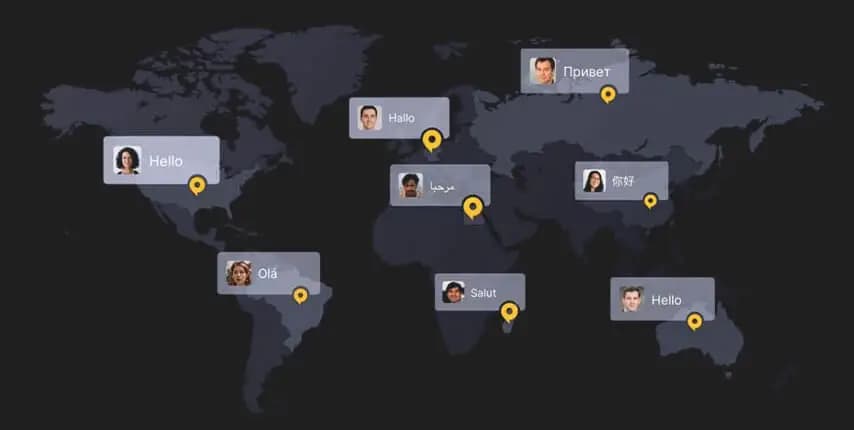8 Facts About the Kurdish Language
The Kurdish language, with its rich history and unique cultural significance,
has fascinated linguists and scholars for centuries. It has played a vital role
in shaping the identity and culture of the Kurdish people. But what makes this
language so intriguing?
Let us explore the fascinating world of the Kurdish language and discover its
hidden gems through these facts gathered by our team.
 Fact No. 1: Why Is The Kurdish Language Named This Way?
Fact No. 1: Why Is The Kurdish Language Named This Way?
The Kurdish language is named after the Kurdish people, the largest ethnic group in
Kurdistan, a region spanning parts of Iraq, Turkey, Syria and Iran. The name
“Kurdish” is believed to be derived from the ancient term “kurti”, which means
“mountainous”.
Fact No. 2: The Kurdish Language Has a Rich Culture and History
Kurdish musicians and filmmakers have gained worldwide recognition for preserving and
promoting Kurdish identity. Examples include:
- Helly Luv – Kurdish-Iranian singer known for “Risk It All”.
- Şivan Perwer – famous Kurdish-Turkish singer called the “Voice of the Kurds”.
- Movies like A Time for Drunken Horses and Half Moon have achieved global acclaim.
Fact No. 3: The Kurdish Language Is Written in Several Scripts
| Script | Region of Use |
|---|---|
| Latin | Turkey & parts of Syria |
| Cyrillic | Armenia & former Soviet Union |
| Arabic | Iraq, Iran & Syria |
| Sorani (Arabic-based) | Sorani dialect regions |
Fact No. 4: No Gender Distinctions
Unlike many other languages, Kurdish does not categorize nouns by gender. Context and
pronouns indicate gender, making storytelling and poetry more fluid.
Fact No. 5: Strong Tradition of Folklore
- Kawa the blacksmith – a symbol of resistance and hope.
- Mem and Zin – a tragic love story translated into many languages.
- The clever fox & the rooster – moral tales for children.
Fact No. 6: A Mosaic of Dialects
| Dialect | Region |
|---|---|
| Kurmanji | Turkey, Syria, Armenia |
| Sorani | Iraq, Iran |
| Gorani | Border region (Iraq–Iran) |
Fact No. 7: Oldest Known Texts (16th Century)
Important works include:
- Mem u Zin – by Ahmad Khani (17th century).
- Sharafnama – historical text by Sharaf al-Din Bitlisi.
- Kurdish Dictionary – by Mullah Muhammad Hadi Kaki.
Fact No. 8: Influences from Arabic, Persian & Turkish
Kurdish borrowed vocabulary and grammar from neighboring languages.
Arabic Loanwords:
- سلام (salaam) – peace/hello
- سيف (sayf) – sword
- قلم (qalam) – pen
Persian Influence:
- Loanwords: mardom (people), keshvar (country), nezam (system)
- Grammar: the “ezāfe” construction (e.g., xanû-yi-erzan – the house of the poor)
Turkish Influence:
- Loanwords: para (money), kapı (door), şikayet (complaint)
- Grammar: verb placement at the end of sentences, similar to Turkish.


 Fact No. 1: Why Is The Kurdish Language Named This Way?
Fact No. 1: Why Is The Kurdish Language Named This Way?



